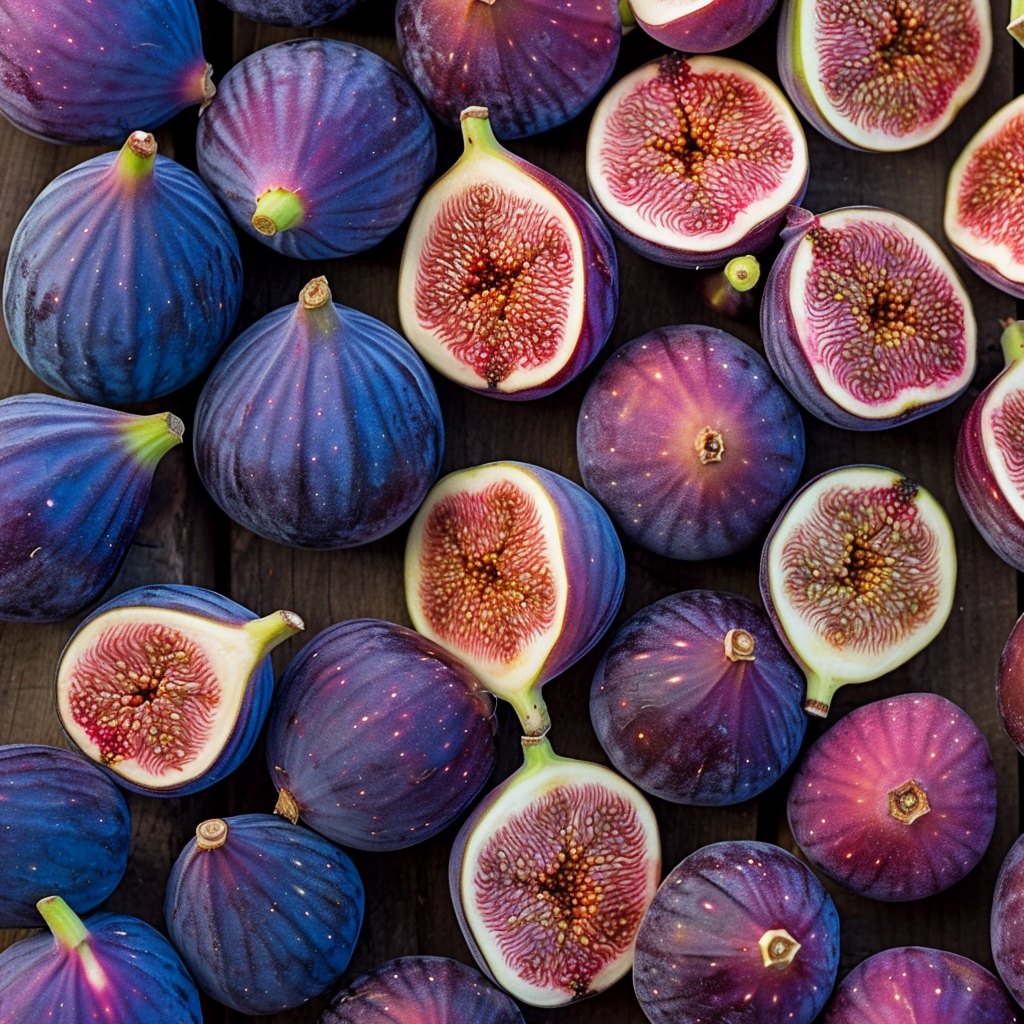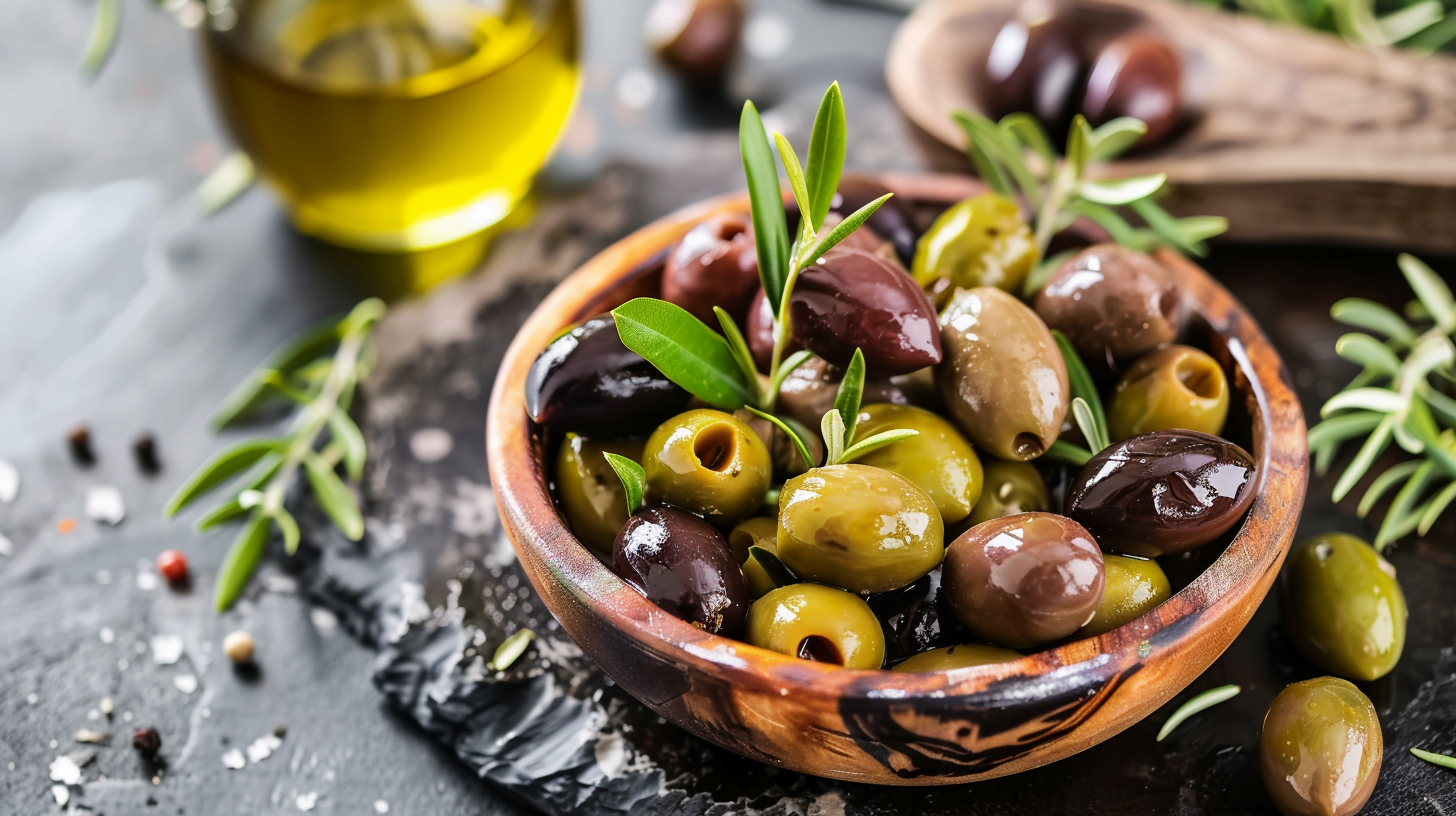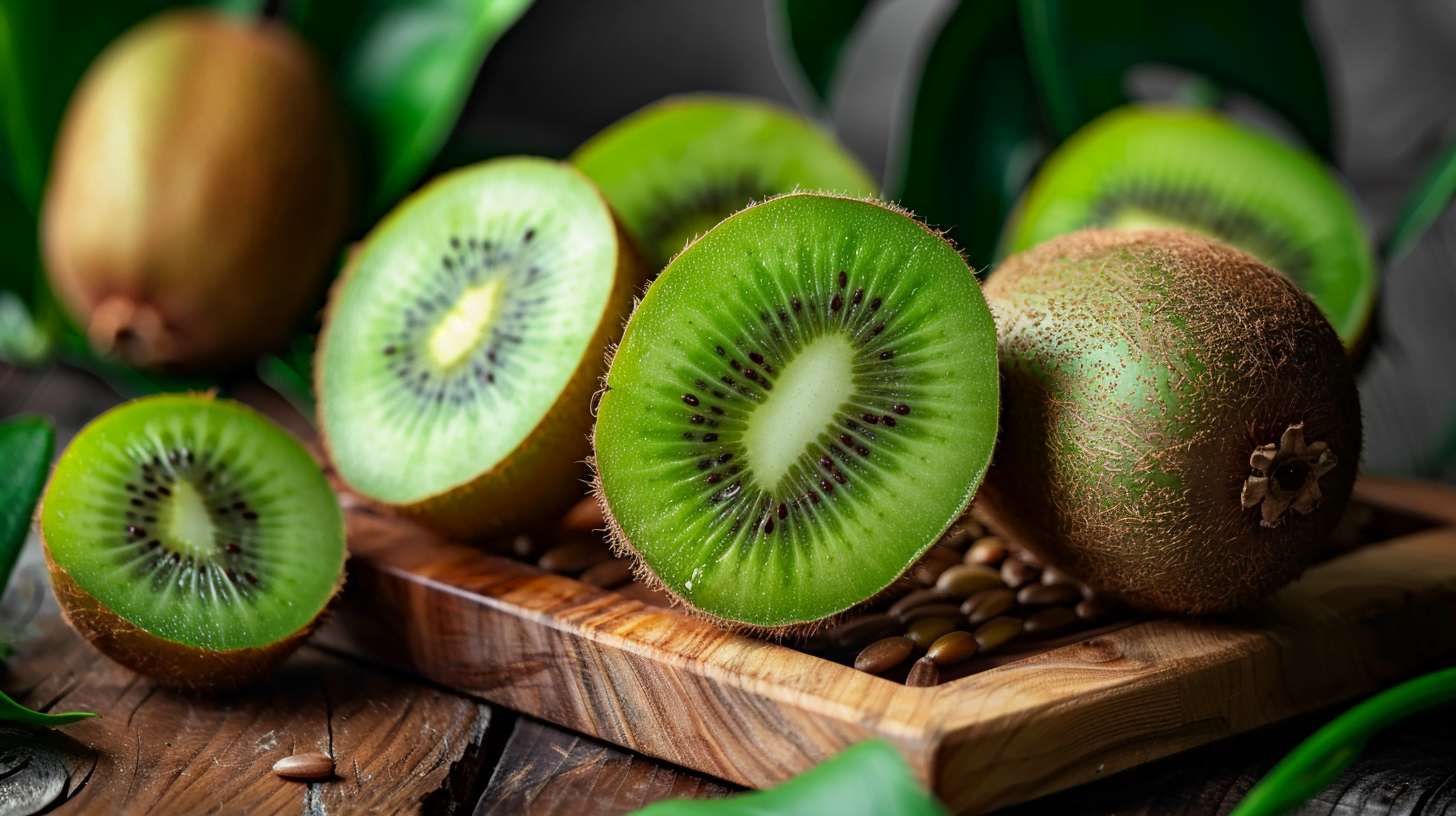Figs have been enjoyed by humans for thousands of years, dating back to ancient Egypt and Rome where they were revered as an excellent source of nutrients and flavor. Today, while figs are grown commercially in many countries around the world, one nation far outranks all others when it comes to fig production. Keep reading to learn all about the fascinating history and health benefits of figs, and discover Which Country Produces the Most Figs, these delicious, historic fruits.
Where Figs Originated and Their Importance in Ancient Times
The fig tree traces its origins back to the Mediterranean and western Asia, where archeological evidence indicates it was being cultivated as early as 11,000 years ago in the Jordan Valley. Figs were highly revered in ancient Egypt, appearing on temple walls and royal tombs. Ancient Greeks and Romans also cultivated figs as a staple crop, dried and eaten throughout the winter months when other fruits were scarce.
Figs provided an excellent source of essential vitamins and minerals like potassium in the ancient world, especially when dried and stored properly. The trees also thrived in hot, sunny climates around the Mediterranean, proving more resilient than other crops. Throughout ancient Mesopotamia, Egypt, Greece, and Rome, the fig’s adaptability and nutritional value cemented its status as a vital food crop.
Health Benefits and Nutrition Facts of Figs
While figs were prized in the ancient world mainly for their sweet taste and ability to be dried and preserved, today we also prize them for their unique health and nutritional qualities:
- High fiber – One large fig provides nearly 20% of your daily fiber needs, which promotes healthy digestion.
- Potassium – Figs contain even more potassium than bananas, which helps control blood pressure.
- Antioxidants – Figs contain various polyphenols and flavonoids that act as antioxidants to fight cellular damage.
- Potential benefits – Some studies suggest figs may help control blood sugar, lower cholesterol levels, and protect against cancer, though more research is needed.
There are slight differences in nutritional content based on whether figs are fresh, dried, or processed/preserved. But all forms provide valuable vitamins, minerals, fiber and phytonutrients. Figs can be enjoyed raw, cooked, baked into sweets, or blended into smoothies and jams. Their sweet, soft flesh complements both savory and sweet dishes.
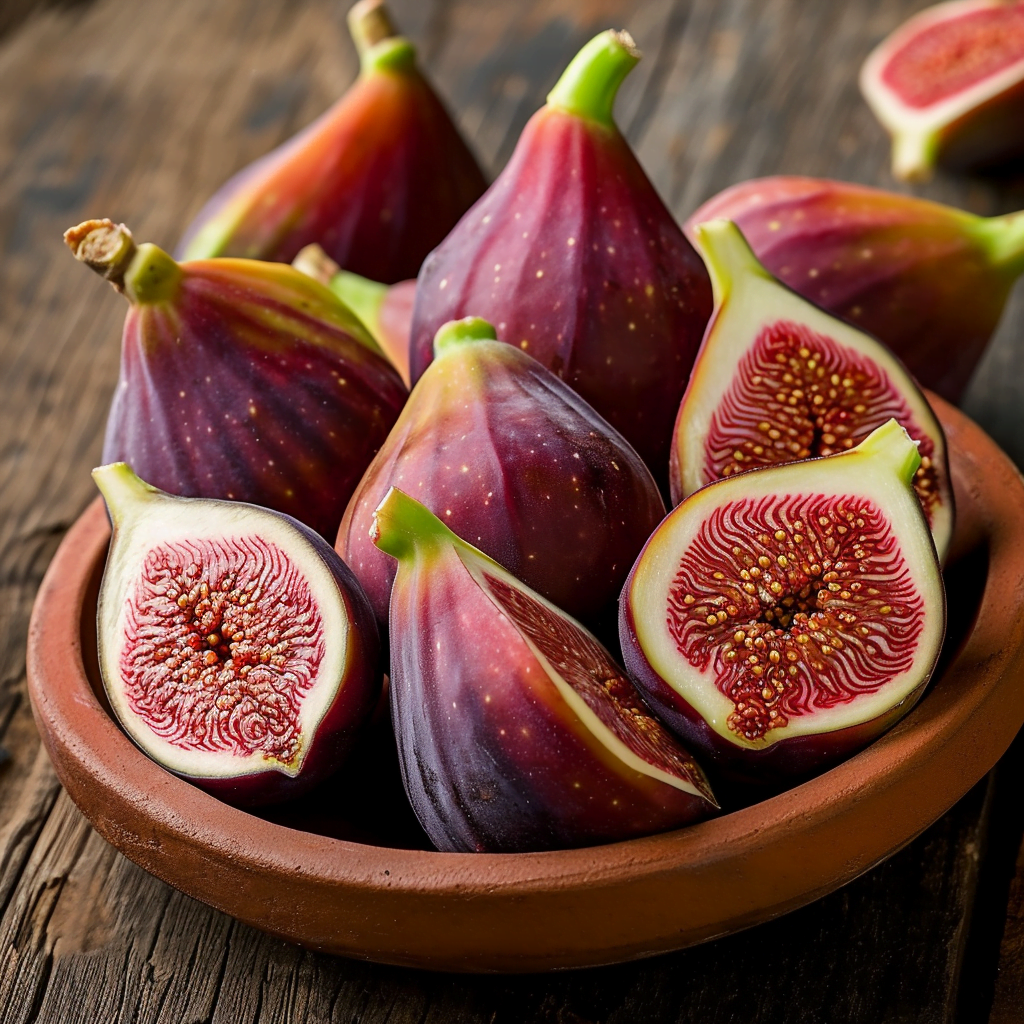
Overview of Modern Global Fig Production
While figs have been enjoyed since ancient times, today they are grown and consumed globally as a commercial fruit crop. The top fig producing nations today include:
- Turkey
- Egypt
- Algeria
- Morocco
- Iran
- United States (California)
- Spain
Global fig production has increased over the past 50 years from around 370,000 metric tons annually in the 1960s to over 1 million metric tons today. Much of this growth is due to increased cultivation in Mediterranean and Middle Eastern countries with ideal hot, dry climates for fig cultivation.
Factors that can impact fig crops include inadequate chilling hours, high winds and heavy rain during fruiting periods, and extreme heat and drought conditions. Fig wasp pollination also impacts successful fruiting and ripening. The perishable nature of fresh figs presents transportation and storage challenges as well. Proper pruning, irrigation, and pest control must be maintained to sustain healthy trees and high-quality fig harvests.
The Top Fig Producing Country – Turkey
Turkey far surpasses all other nations in global fig production. Turkey produced over 300,000 metric tons of figs in 2020 alone, which accounts for around 30% of total world fig production.
Figs have been grown in Anatolia (Turkey) for centuries, and the country’s hot, dry summers provide an ideal climate for fig cultivation. The main Turkish fig varieties include Sarilop, Bursa Siyahi, and Morguz.
The Aegean and Mediterranean regions of Turkey have the highest concentration of fig plantations, though central Anatolia also contributes to production. As global demand for figs has grown, exports have become a multi-million dollar industry for Turkey. The country exports about 10-15% of its fig harvest primarily to Europe, Russia and Arab nations.
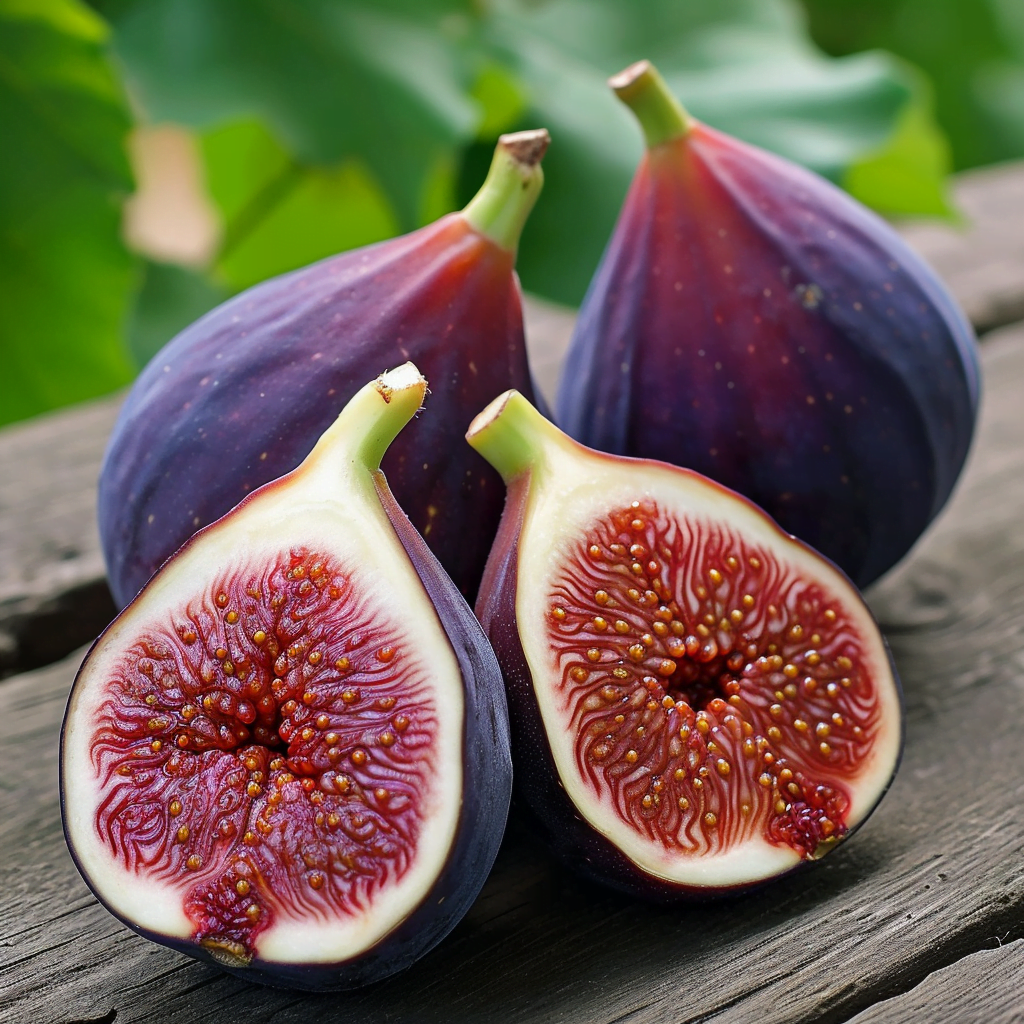
Other Notable Fig Producers
Egypt comes in second behind Turkey, producing around 186,000 tons annually, primarily in the Nile Delta region. Popular Egyptian fig varieties include Sultany, Aswani and Abiad Rouge.
Algeria and Morocco also have thriving fig industries, benefitting from a similar Mediterranean climate. Iran produced over 70,000 tons in 2020, providing both fresh and dried fig exports.
California in the United States produces nearly all of the American fig crop, around 30,000 tons per year. The Calimyrna is the dominant commercial variety grown.
Spain produces about 25,000 tons annually, mostly in the southern Andalusia region. Spain exports fresh and dried fig products across Europe.
The Future of the Global Fig Industry
Worldwide fig production is expected to continue increasing to meet growing demands from health-conscious consumers. Output could expand by over 25% in the next decade if current trends hold steady.
Advances in irrigation, pest control, and protective coverings may allow growth in new climates and regions not currently suitable to fig cultivation. Post-harvest treatments and storage innovations may reduce figspoilage and extend market reach.
However, climate change threatens fig production in current Mediterranean and Middle Eastern growing regions. Rising temperatures, changing rain patterns, and increased drought could require adaptations in pruning, irrigation and cultivation methods to maintain viable fig orchards and quality harvests.
While Turkey will likely maintain dominance in the fig trade, innovative growers across the globe are exploring how to expand and improve fig production. Thanks to new cultivation techniques and rising appreciation for their nutrition and flavor, figs will continue satisfying the world’s sweet tooth for generations to come.
Conclusion
Figs have nourished humans since ancient times, spreading originally from the Mediterranean across the globe. While many nations cultivate figs commercially, Turkey far outranks all other producers, generating over 300,000 tons annually, around 30% of total global production. As health and environmental conditions change, the fig industry will need to adapt growing methods to maintain output and quality. But innovative technologies and committed growers will ensure figs remain an important global fruit crop thanks to their iconic taste and nutrients.
